I’ve noticed that most people encounter issues with egg shells sticking to the egg when boiling eggs. After many failed attempts at boiling eggs, I’ve realized that there are several reasons for this issue.

The main reason for eggs sticking to their shells is that the eggs have been left for too long. Additionally, incorrect boiling methods can also cause eggs to stick to their shells.
To address this issue, I apply the principle of “1 sour, 1 cold.” Specifically, each time I boil eggs, I add a little vinegar to the pot instead of just water as is typically done.
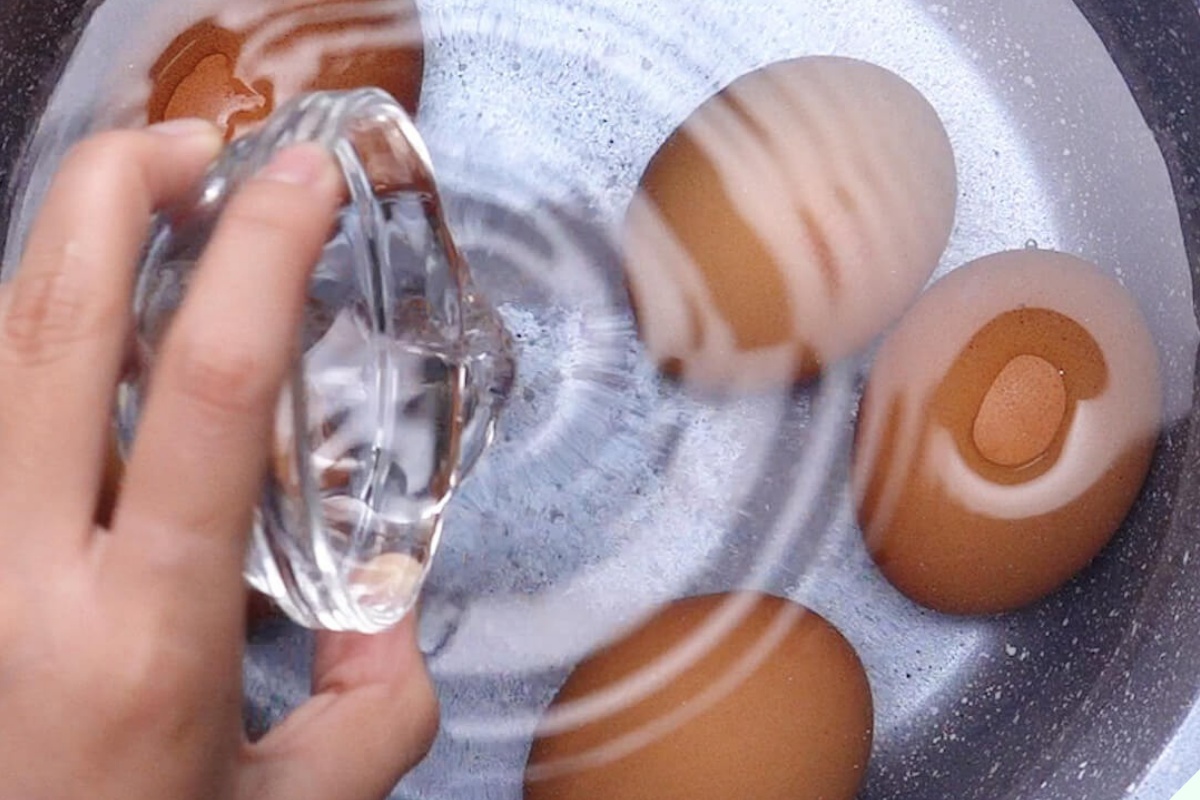
Since the main component of egg shells is calcium carbonate, adding vinegar introduces acid that reacts with the shells, making them softer. When the eggs are cooked, a gentle touch is all it takes for the shell to come off in large pieces, and the eggs don’t crack during boiling.
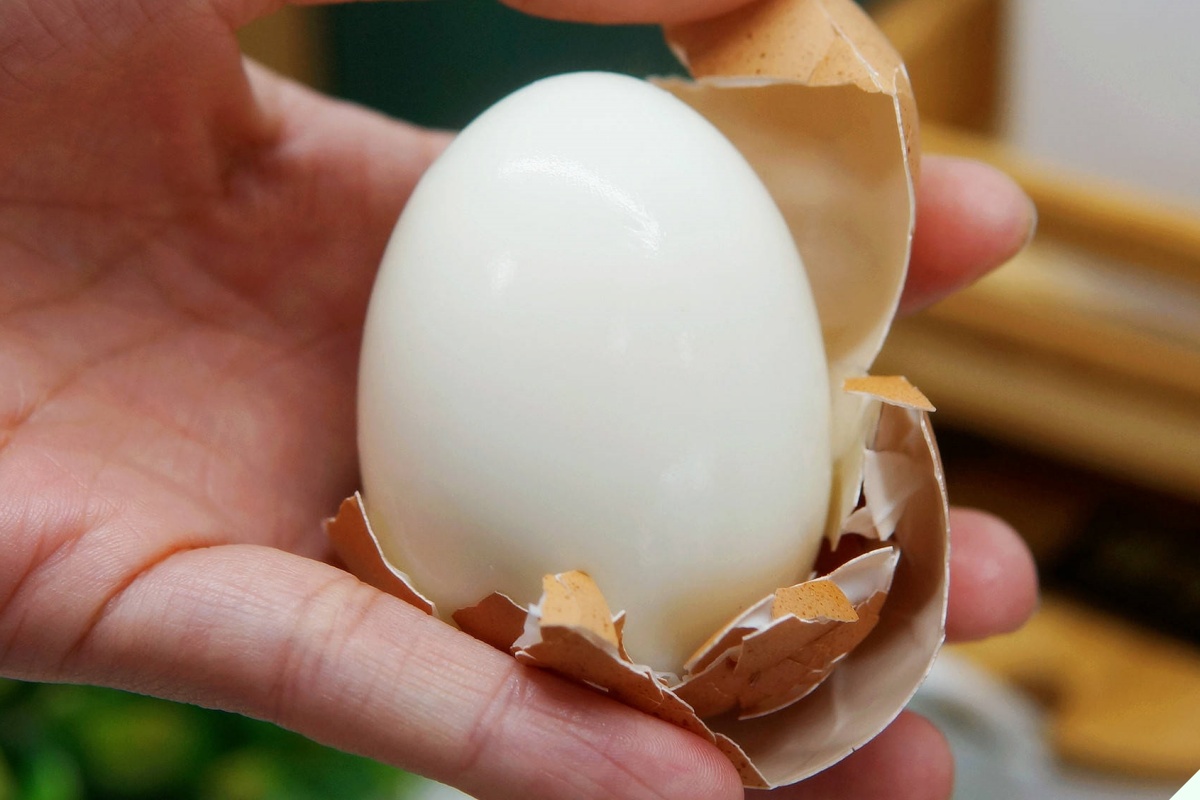
Additionally, I’ve noticed that many chefs also add salt to the pot of boiling eggs. In fact, you can add both vinegar and salt, or just one of these ingredients, and achieve the same effective result.
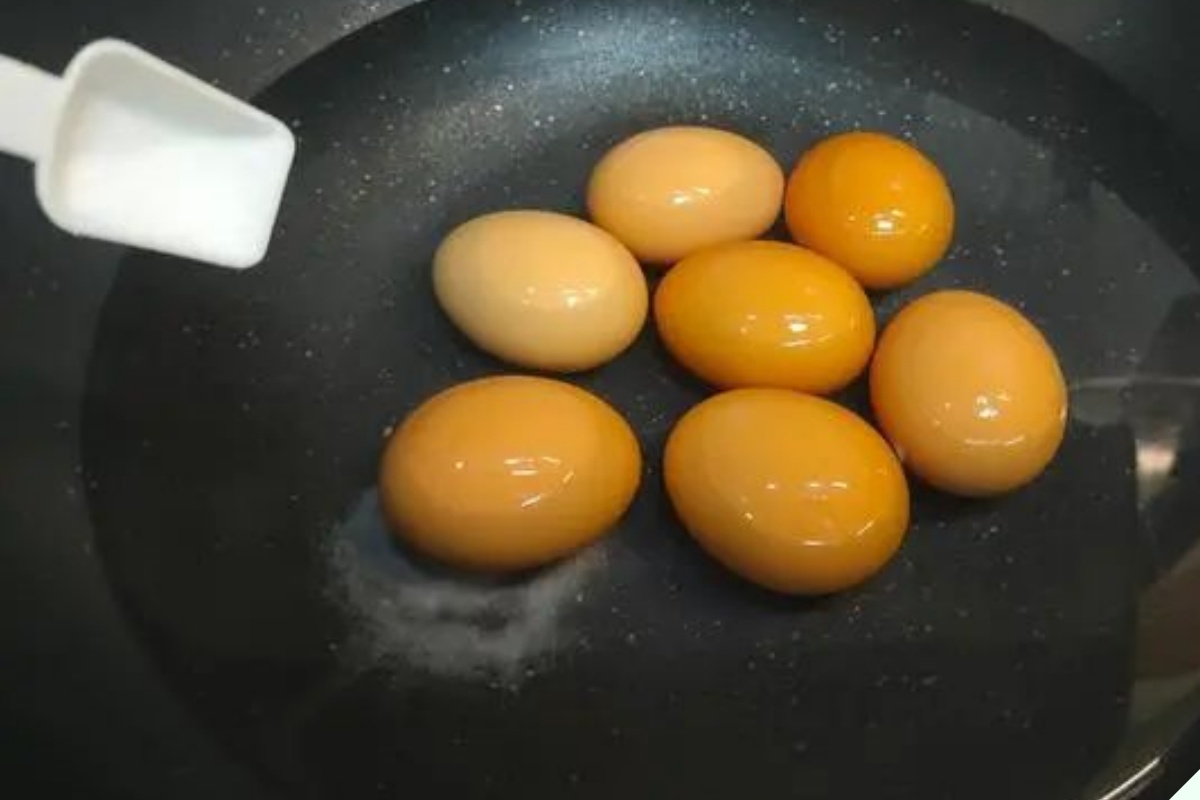
For easier reference, I will share the egg-boiling method that I’ve been using all this time. Feel free to give it a try!
HOW TO BOIL EGGS WITHOUT STICKING TO THE SHELL
Ingredients
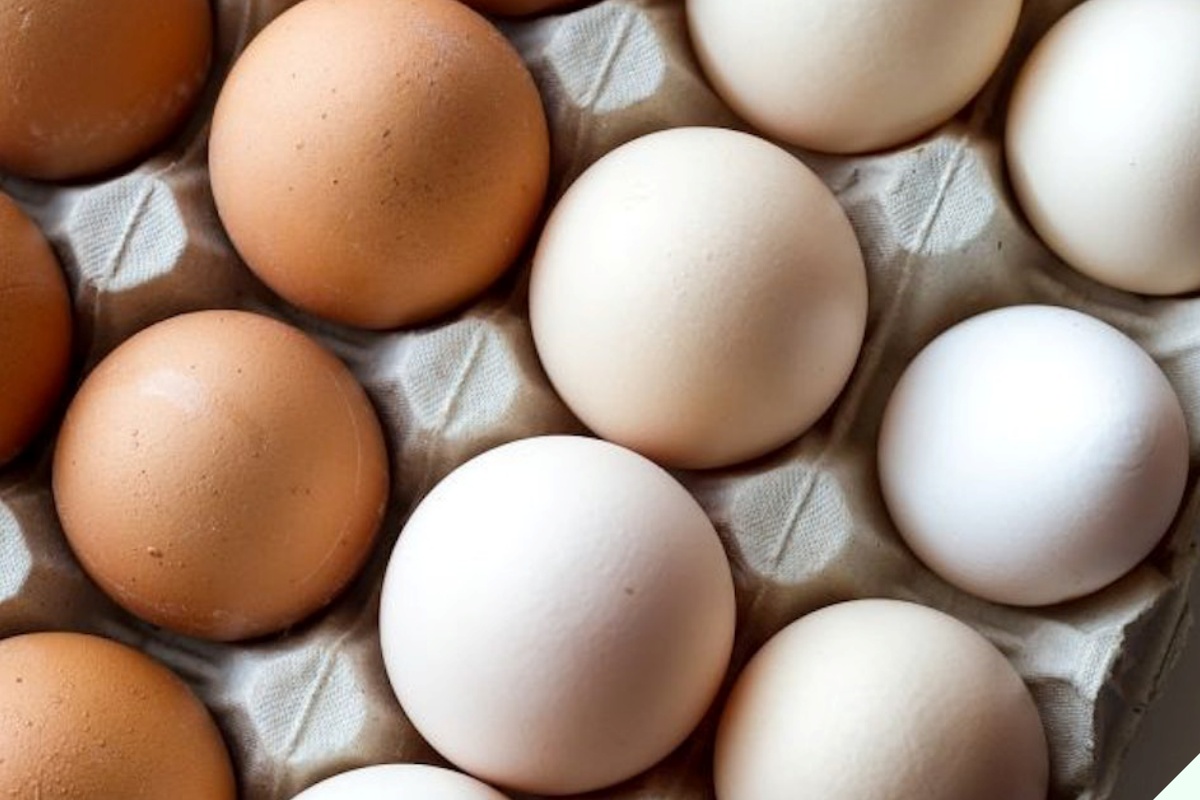
– Chicken eggs
– Vinegar
Boiling instructions
1. Soak the chicken eggs in clean water. Gently rub the shells to remove any dirt or residue. According to experts, the shell is a breeding ground for E. coli bacteria, and consuming eggs contaminated with this bacteria can lead to food poisoning.

2. Arrange the eggs in a pot and add water until it reaches ⅔ of the height of the eggs.
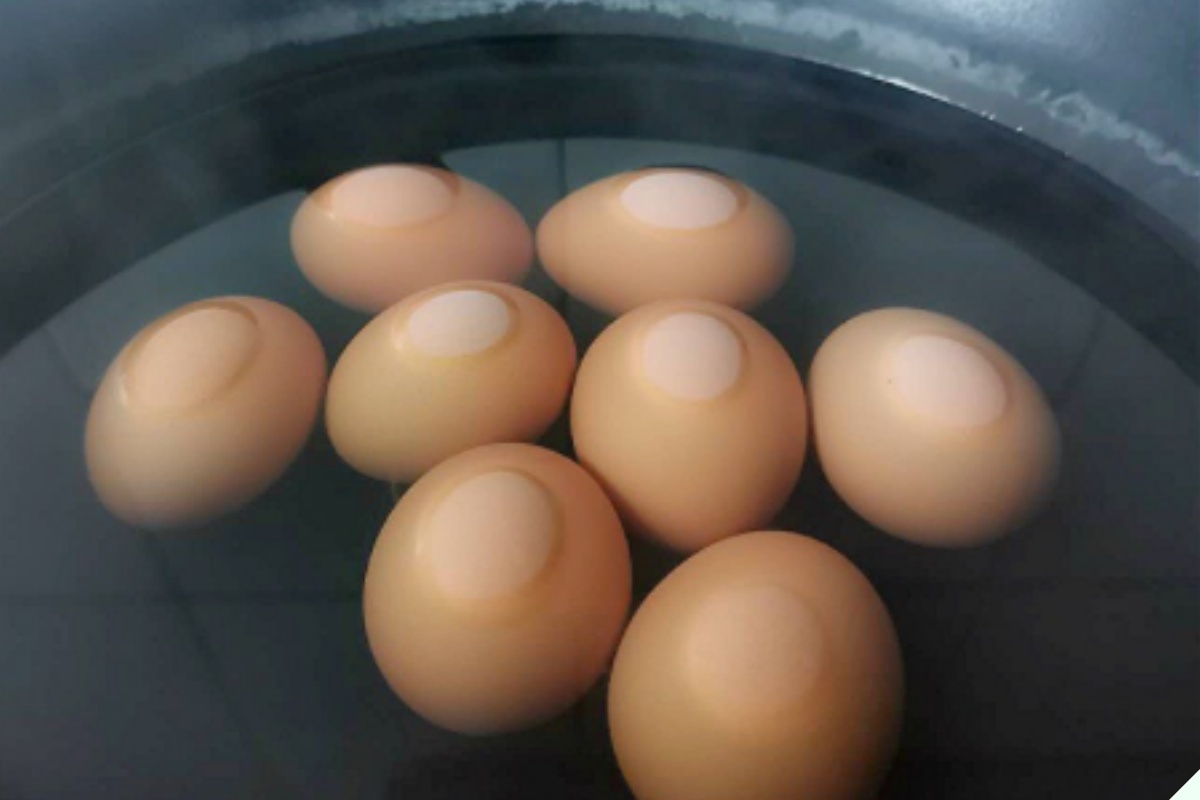
Then, add about 1-2 teaspoons of white vinegar, turn on the stove, and adjust the heat to medium. Note that high heat can cause the water to boil vigorously, leading to the eggs knocking against each other and cracking.
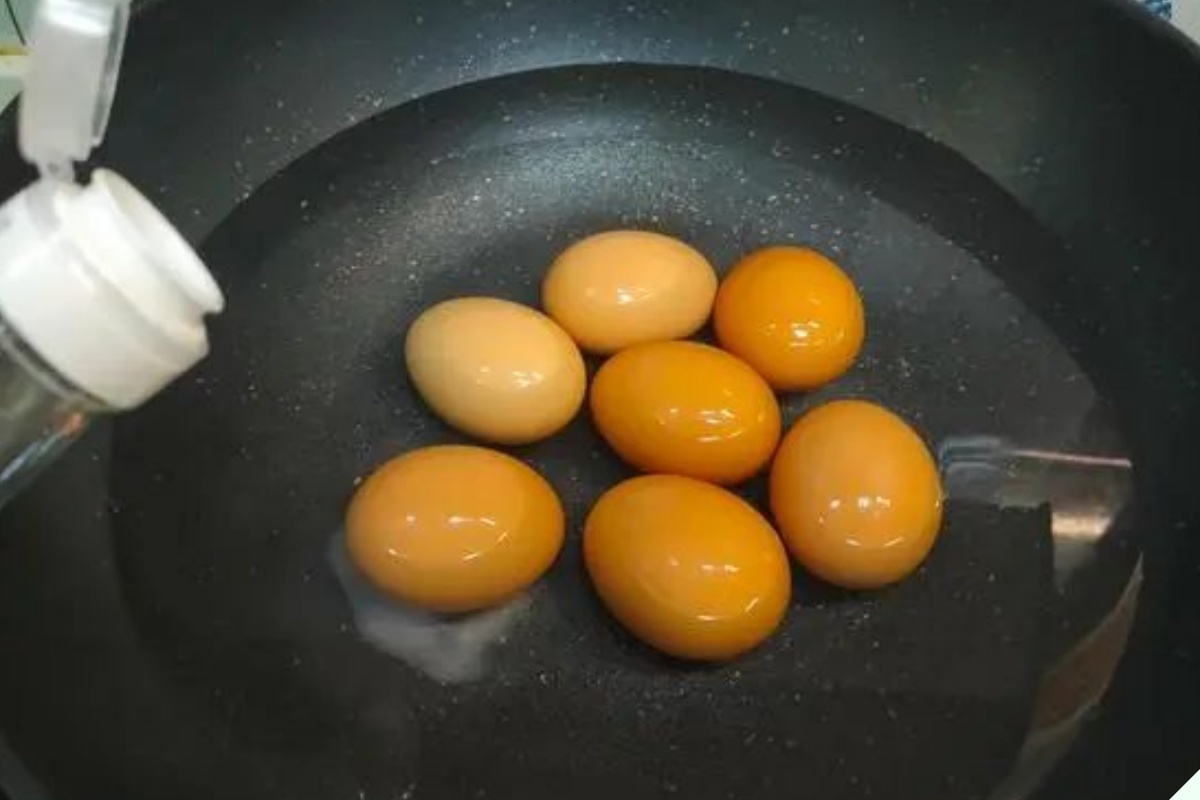
I usually boil eggs with pre-boiled water instead of tap water. It might sound unusual, but untreated tap water can contain harmful bacteria. During boiling, these bacteria can enter the egg through cracks in the shell, destroying nutrients and posing health risks.
3. Depending on your preference for soft-boiled or hard-boiled eggs, adjust the boiling time accordingly. Over-boiling can make the eggs crumbly and unappetizing, while under-boiling can be unhealthy.
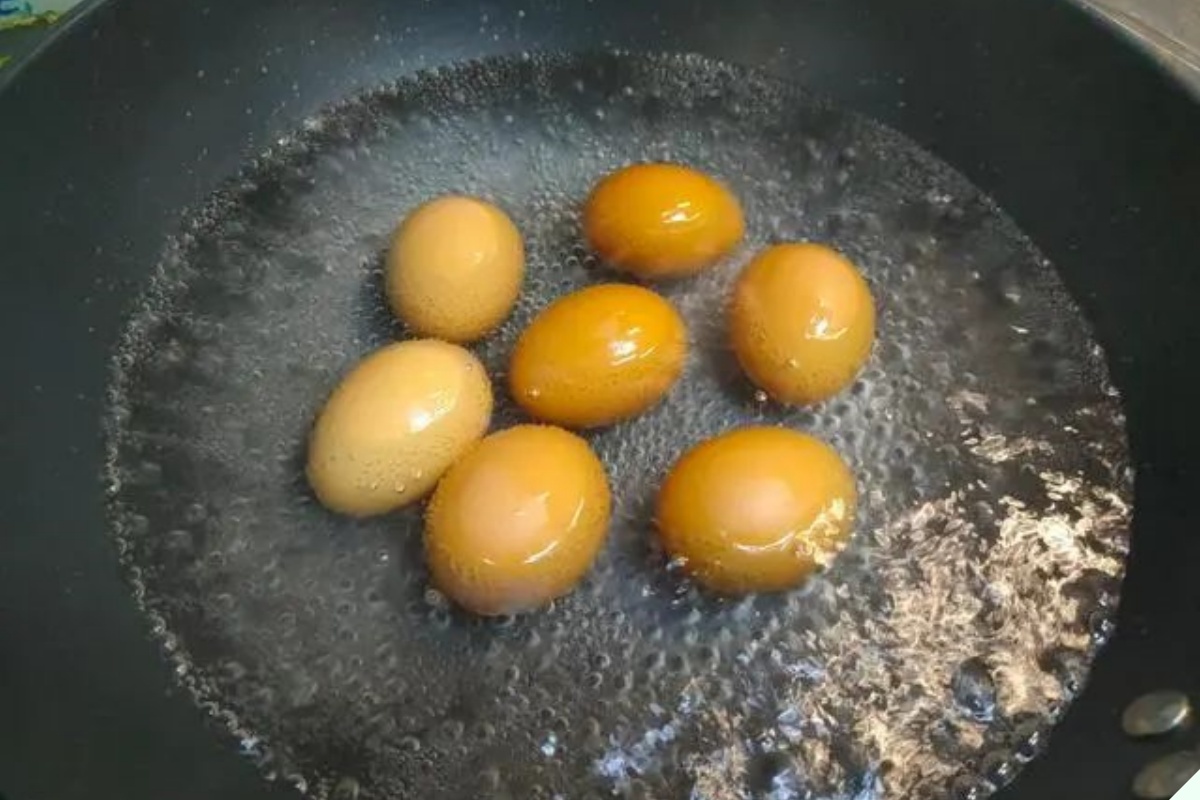
Here are the different boiling times and their corresponding results:
– 1-2 minutes: The egg is not fully cooked, with only a part of the egg white turning slightly opaque.
– 3-5 minutes: The entire egg white is cooked, but the yolk remains raw.
– 6-9 minutes: The egg white is soft and creamy, while the yolk is slightly set, resulting in a delicious, buttery taste. This is the popular soft-boiled egg, loved by many.
– 10 minutes and above: Both the yolk and white are completely cooked. At this stage, the egg tends to become dry and hard, leading to a “choking” sensation in the throat. Additionally, the outer part of the yolk may turn green, and some nutrients are lost.
4. Remove the eggs from the pot and place them in a bowl of cold water for about 3-5 minutes to cool down. Then, peel and enjoy your boiled eggs!
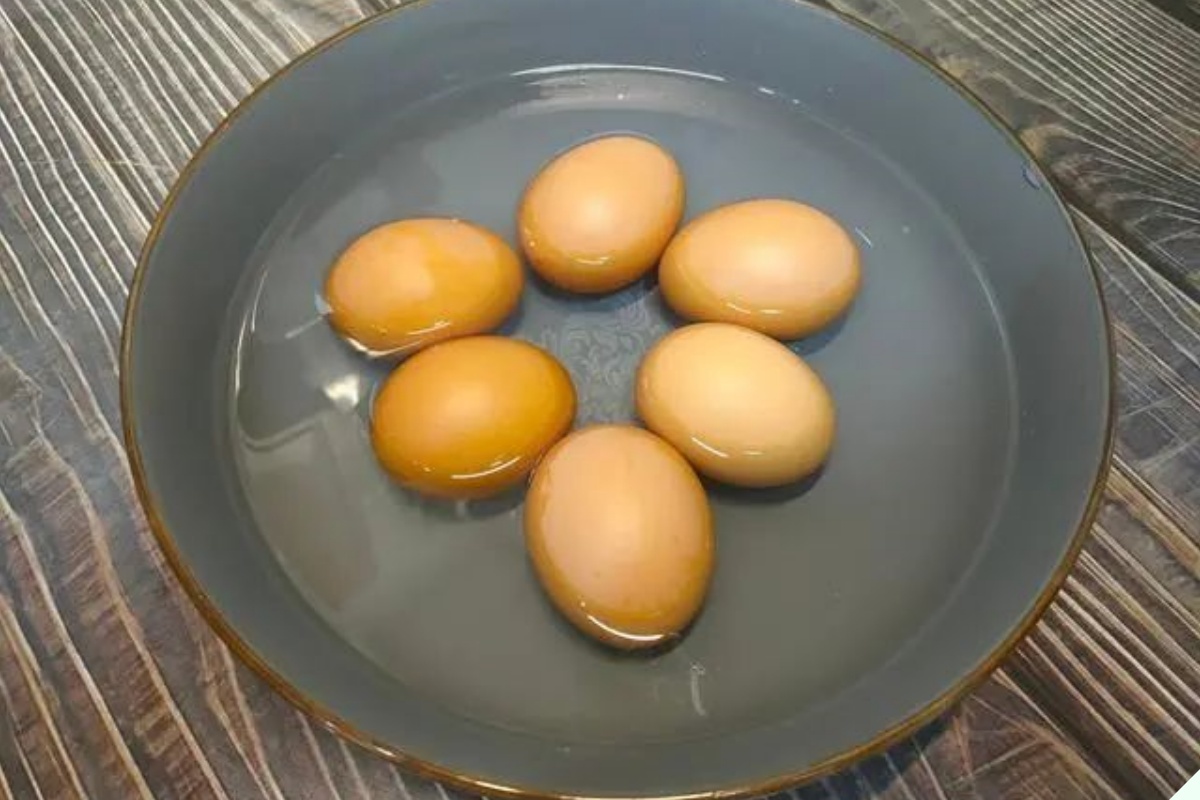
I usually dip my boiled eggs in a mixture of salt, pepper, and lemon or chili. On days when I’m in a hurry, I quickly boil an egg and crush it into fish sauce, which I then mix with rice. This dish brings back memories of my humble childhood.
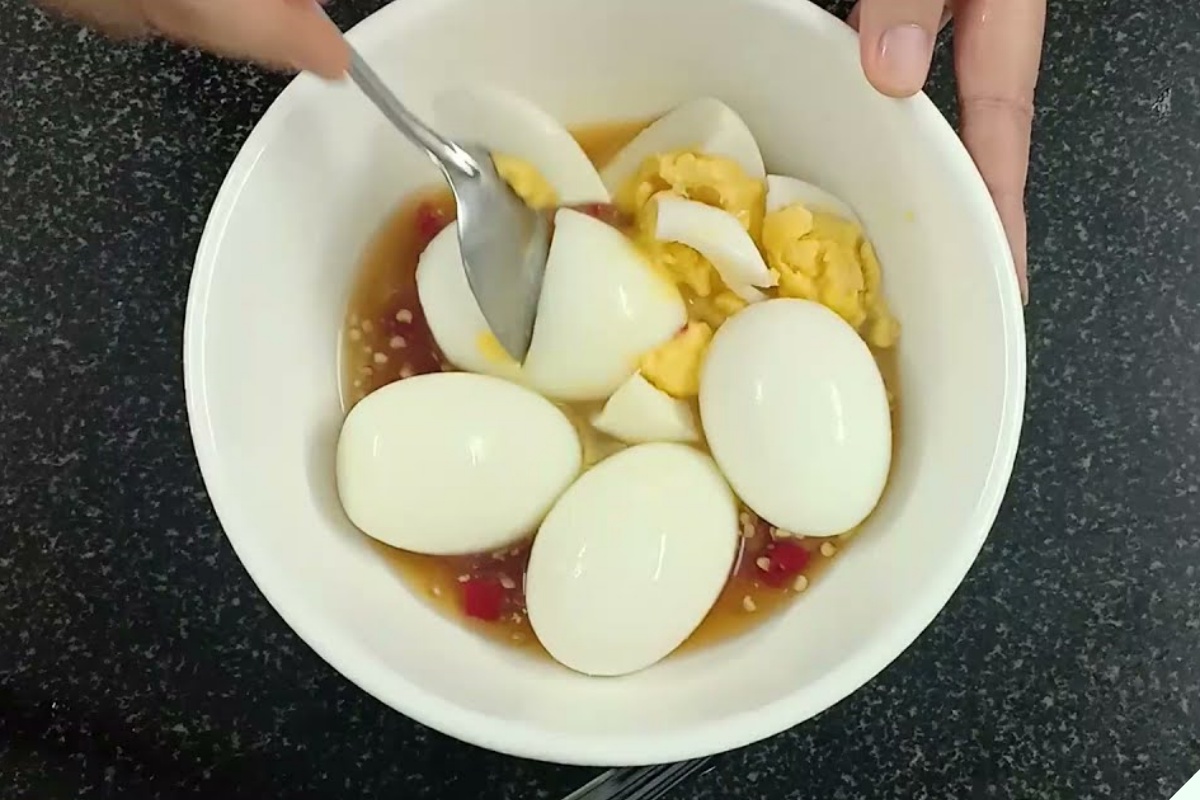
If you have young children at home, remember to boil the eggs thoroughly. Their digestive systems are still developing, and consuming undercooked eggs can cause stomachaches and diarrhea.
I hope you find success with this egg-boiling tip!































